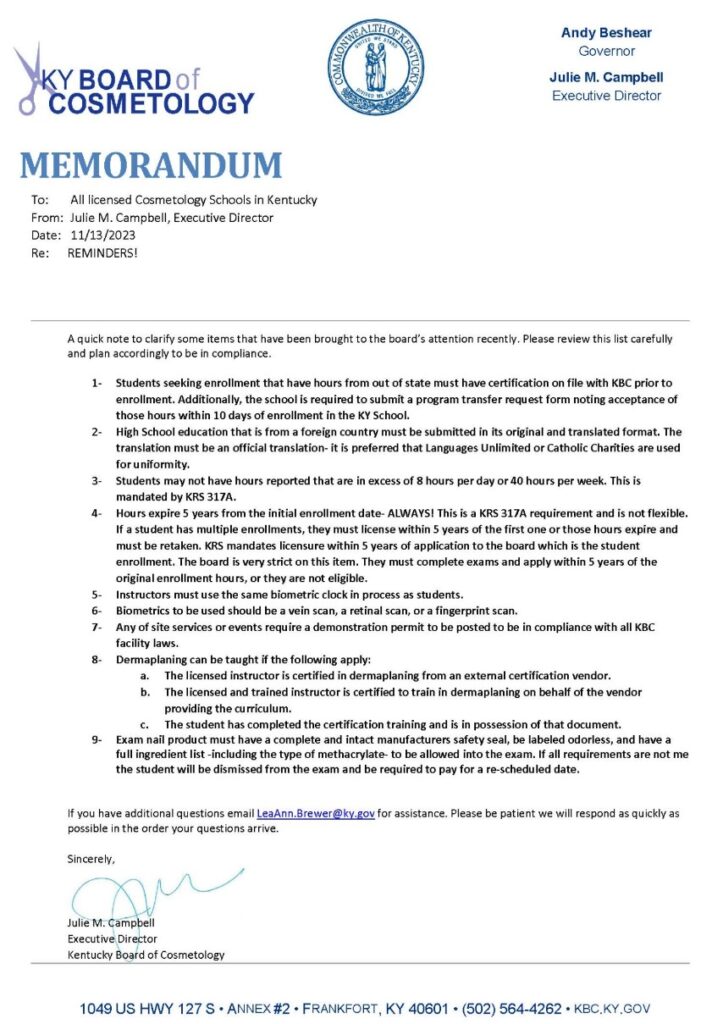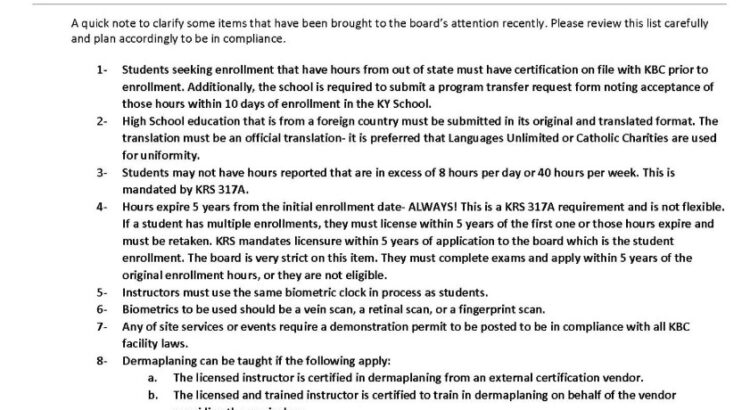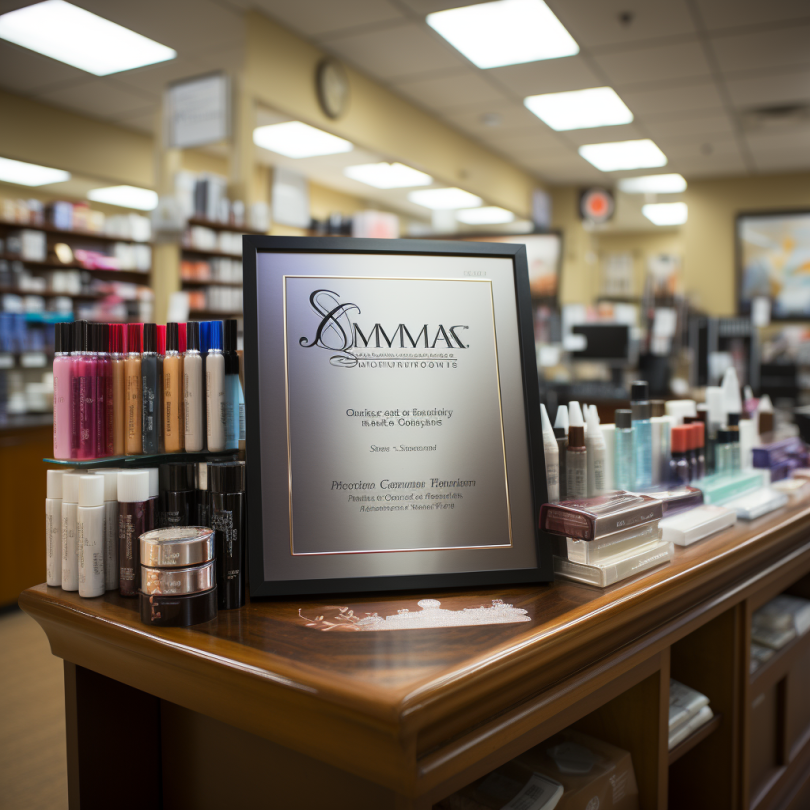In the realm of Kentucky’s beauty industry, regulations set the rhythm for an aspiring esthetician’s career march. The Kentucky Board of Cosmetology, through a recent memorandum to licensed Cosmetology Schools, underscores the imperative of compliance, especially concerning the academic credentials of students from abroad and the meticulous tracking of practical training hours.
Academic Credentials: Translation and Validation
For international students, Kentucky law requires that high school diplomas be presented in both their original language and in a translated version. Louisville Beauty Academy goes a step beyond by mandating validation for these documents. This rigorous standard assures that the academic achievements of students are recognized and that they meet the stringent criteria set by accreditation bodies.
The Financial Aspect: Translation and Validation Costs
Students must be aware that translation and validation bear different costs. Translation ensures that the text is accurately converted to English, while validation confirms the credibility of these academic qualifications. Both steps are crucial for students to seamlessly integrate into the beauty education system of Kentucky.
Synchronizing Success: The Biometric Clock Requirement
The memorandum also highlights a technological stride in education: the adoption of a biometric clock for both students and instructors. This system ensures the accurate tracking of educational hours, a critical element for both state compliance and fair educational practices. It’s a commitment to precision and accountability that mirrors the exactness required in beauty treatments like dermaplaning.
Time Management: Adherence to Hourly Limits
Furthermore, students must report their practical hours within the constraints of 8 hours per day and 40 hours per week. This regulation not only aligns with labor standards but also advocates for a balanced approach to hands-on training.
Professional Skillset: Specialized Procedures
The memorandum also lays out the criteria for teaching and performing specialized procedures, such as dermaplaning, within the curriculum. These skills demand a high level of precision and understanding, mirroring the exacting standards that the Board insists upon.
In Conclusion
The Kentucky Board of Cosmetology’s directive is clear: uphold the standards, respect the process, and embrace the technology that will chart the course of beauty professionals in Kentucky. For students at Louisville Beauty Academy, this translates to a commitment to excellence, beginning with their educational journey and extending into every hour of practical training they log. It’s about crafting a future in beauty that’s as dependable as the biometric systems tracking their progress.
#KYBeautyRegulations #CosmetologyStandards #BeautyAcademyCompliance #BiometricClock #InternationalStudentValidation #CosmetologyTraining #KentuckyEsthetician #BeautyEducationPrecision








